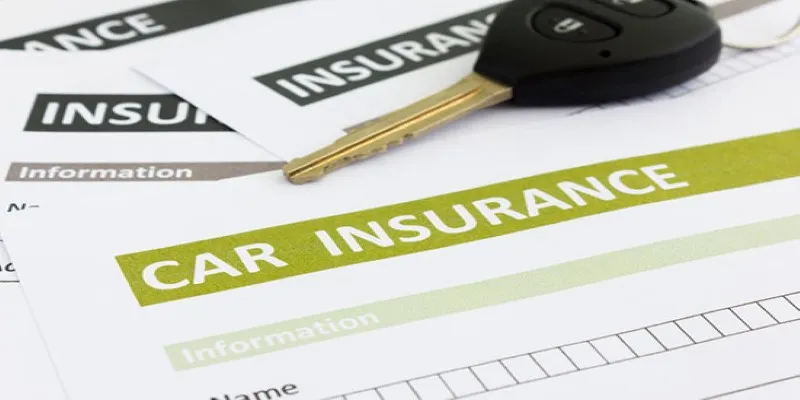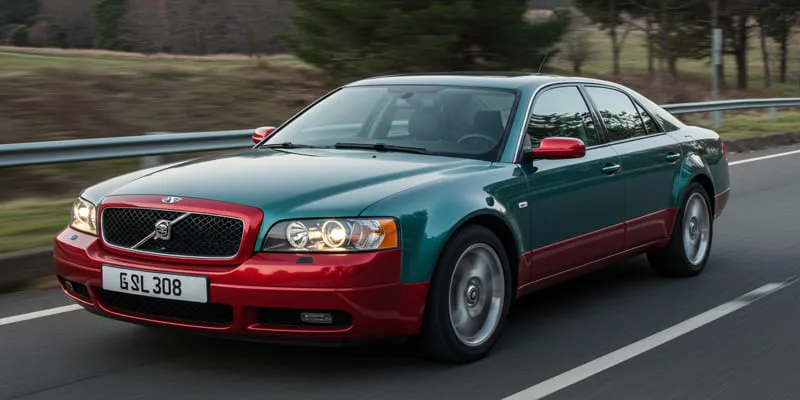Minimum Car Insurance Requirements by State: What You Need to Know
Car insurance is an essential part of responsible vehicle ownership, but the rules governing it can differ depending on where you live. Each state has its own minimum car insurance requirements, meaning that what’s required in one place may not be enough in another. This can make it challenging for drivers, especially those who move between states or drive across state lines.

In this article, we’ll break down the minimum car insurance requirements for each state, what they cover, and why understanding them is crucial for protecting yourself on the road.
Why Do Minimum Car Insurance Requirements Vary by State?
Each state determines its car insurance requirements based on factors like the frequency of automobile accidents, financial responsibility laws, and legal liabilities. States may have different fault systems, such as no-fault or comparative fault, impacting the required insurance coverage. This is why drivers must pay attention to the specific requirements of the state they reside in.

Some states have more lenient requirements, while others enforce stricter coverage. These variations are crucial when considering the risk level a driver might face in the event of an accident. States with higher traffic volumes or accident rates typically require more extensive coverage to ensure adequate protection for all involved parties.
Types of Coverage in State Minimum Car Insurance Requirements
Liability Coverage is mandatory in nearly every state and usually includes both bodily injury liability and property damage liability. Bodily injury liability covers medical expenses and other damages if you’re at fault in an accident and injure someone else. Property damage liability helps pay for repairs if you damage another person’s vehicle or property during an accident. These components form the foundation of most car insurance policies.
Personal Injury Protection (PIP) is required in some states, especially those with a no-fault insurance system. PIP covers medical bills, lost wages, and other expenses for you and your passengers, regardless of who was at fault in the accident. This is particularly important in situations where you might not be at fault but still incur substantial medical bills.
Uninsured/Underinsured Motorist Coverage is another component required in some states. This coverage protects you if you’re in an accident with a driver who either doesn’t have insurance or doesn’t have enough to cover the damages. It’s an essential safety net, as many accidents are caused by uninsured or underinsured drivers.
Some states also require collision and comprehensive coverage. While these are typically optional, they may be mandated by some states if you have a car loan or lease. These types of coverage help pay for repairs to your vehicle, whether the damage is from a collision or another type of incident, such as theft, fire, or natural disasters.
Minimum Car Insurance Requirements by State
Car insurance requirements vary dramatically across the United States. Some states, like New Hampshire, have relatively loose requirements, while others, such as California, have more stringent regulations. Here’s a look at some of the common requirements by state.
New York
In New York, the state requires drivers to carry liability insurance with minimum limits of $25,000 for bodily injury per person, $50,000 for bodily injury per accident, and $10,000 for property damage. It also requires $50,000 for personal injury protection (PIP) per person and $25,000 for uninsured motorist coverage.
California
California requires drivers to carry liability coverage with a minimum of $15,000 for injury or death to one person, $30,000 for injury or death to multiple people, and $5,000 for property damage. Drivers are also encouraged to consider higher coverage amounts, especially given the state’s heavy traffic conditions.
Texas
In Texas, the minimum liability coverage required is $30,000 for bodily injury per person, $60,000 for bodily injury per accident, and $25,000 for property damage. Texas does not require PIP coverage, though it is available as an option for drivers who want it.
Florida
Florida requires personal injury protection (PIP) with a minimum of $10,000 in coverage for medical expenses. Additionally, the state requires $10,000 in property damage liability and liability for bodily injury with a minimum of $10,000 per person and $20,000 per accident.
Michigan
Michigan has a unique no-fault insurance system, which requires drivers to carry unlimited personal injury protection (PIP) coverage, as well as property protection insurance (PPI) and bodily injury liability. The state also offers several options for decreasing the coverage limits depending on the driver’s needs.
The Consequences of Not Meeting State Minimum Car Insurance Requirements
Driving without the required minimum insurance can result in severe penalties. These penalties vary by state but often include fines, license suspension, and even jail time in extreme cases. Additionally, if you are involved in an accident without the proper insurance, you could be held personally liable for any damages or injuries caused.

In some cases, insurance companies may refuse to cover damages if you don’t meet the state’s minimum requirements, leaving you financially responsible for repairs, medical bills, and other costs. If you are caught driving without insurance, your car may be impounded, and your driver’s license could be suspended until you can prove you’ve obtained the proper coverage.
Some states also have strict enforcement measures in place to ensure that drivers comply with insurance requirements. For example, in some states, the Department of Motor Vehicles (DMV) may require you to submit proof of insurance when registering your vehicle. Failure to provide this proof could result in the denial of your registration or even the cancellation of your license plates.
The Bottom Line
When it comes to car insurance, understanding the minimum requirements for your state is crucial. These requirements ensure that you meet the basic standards for financial responsibility, and they help protect you from costly accidents. However, the minimum limits often aren’t enough to cover all potential costs, and many drivers opt to purchase additional coverage for greater peace of mind.







